Medical Annotation: Best Practices & Use Cases in 2024
AI and computer vision applications have changed the healthcare industry with use cases enabling better patient care, improved diagnostics, and faster drug discovery. One of the areas where AI-based applications can already outperform healthcare professionals is medical imaging and diagnostics.
However, AI-based medical imaging requires a large amount of training data with accurate labels for quality and better performance. To satisfy this need, data annotation companies started offering specialized services for medical annotation. This article explores what medical annotation is, its benefits, types, and use cases to get you started.
What is medical annotation?
Medical annotation is the process of labeling medical data to train a machine learning model. Medical annotation helps ML models to learn from previous cases and provide predictions about new and unlabeled images, which helps healthcare professionals diagnose various types of diseases such as cancers or infections.
Figure 1: An example of medical annotation (Image)
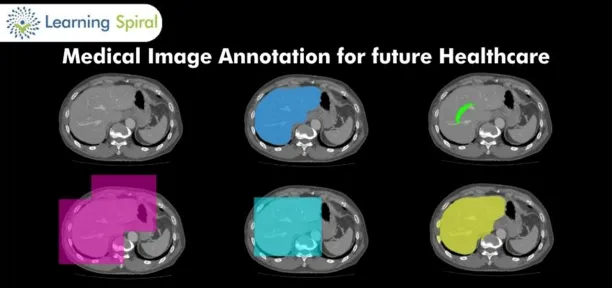
What are the types of medical data annotation?
This section highlights different types of data annotation that are used in the medical field:
Medical image annotation
Medical image annotation refers to the labeling of medical images such as X-Rays, CT-Scans, MRIs, Ultrasound, and PET scans. There are 5 main techniques to perform image annotation. Those are:
- Bounding box
- Landmarking
- Masking
- Polygon
- Polyline
However, for medical image annotation, the most effective technique is polygon labeling.
Document/Text annotation
Document annotation is used in the medical field to train ML models to accurately analyze patient records and medical reports, identify information, and automate data extraction. This enables healthcare institutions to automate the conversion of medical documents into machine-readable data so medical AI techniques can be used to generate insights that can help improve health outcomes.
The following are the different types of document annotations:
- Named entity annotation
- Sentiment annotation
- Semantic document annotation
To learn more about document annotation, check out this quick read
Video annotation
Video annotation is also used in the medical field to label video data to train the model to perform various medical tasks such as surgery. Automated surgical bots are also trained with video annotation to assist in surgical procedures.
To learn more about video annotation and its various use cases, check out this quick read. You can also check our comprehensive article on Guide to Video Annotation Tools and Types.
Audio annotation
In the healthcare sector, a popular way of keeping medical records is through audio records. These audio recordings are transcribed through software that is trained with audio annotation. Audio annotation involves labeling audio data to convert it into text for healthcare professionals and machine learning models. The following are the types of audio annotation:
- Speech to Text Transcription
- Audio Classification
- Natural Language Utterance
- Speech Labeling
- Music Classification
To learn more about audio annotation, check out this quick read.
What are the best practices for medical annotation?
Successfully annotating medical data is critical for leveraging medical annotation in various healthcare workflows. Here are some points to consider:
- Create and prepare a high-quality dataset: For instance, in medical image annotation, if the images in the dataset have different sizes from each other, they may need to be resized. This facilitates annotation and increases data quality. Increasing data quality can increase model performance which forms the core of data-centric AI.
- Identifying the class labels correctly: For instance, in cancer diagnostics, there are two class labels: healthy (class 1) and cancer (class 2). If any cancer attributes are observed, the model will determine that it is not healthy and assign it to the cancer class. The classes need to be correctly determined before annotation begins. Adding new classes to an ongoing annotation project may lead to rework.
- Box size diversity in image annotation: Bounding boxes are one of the most popular techniques to process images for image annotation projects. It is used for describing the location of an object in an image. The position of an object is represented with a rectangular form (see Figure 2). Using different box sizes to train image data is important for model performance. If the model is trained on various sized objects, it can have better accuracy in detecting the object at different sizes.
Figure 2: Labeling objects with the bounding boxes technique
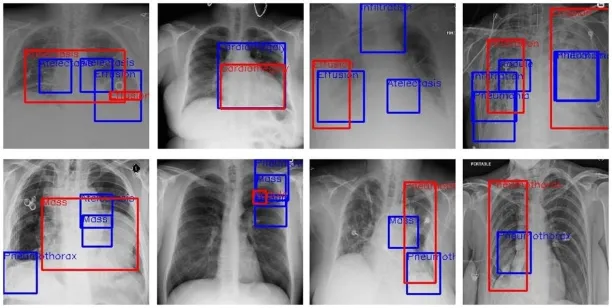
What are some popular use cases of medical annotation?
- Medical Imaging: It is used to create visualizations of specific organs. It enables medical professionals to detect and identify any abnormality with a deep and more accurate analysis.
- Cancer detection: AI models trained with medical image annotation can help deep-learning models to predict cancer. The model is trained with various labeled cancer image data. The trained model recognizes abnormal regions for new image data, then predicts whether the patient is healthy or has cancer. It can reduce the possibility of human error and help early detection of various cancers.
- Dental Imaging: It visualizes teeth structure and cavities between teeth and helps detect all teeth-related problems such as tooth decay, gum disease, etc. Datasets are created using X-Ray images and then used to train ML models.
Figure 3: An example of dental image annotation
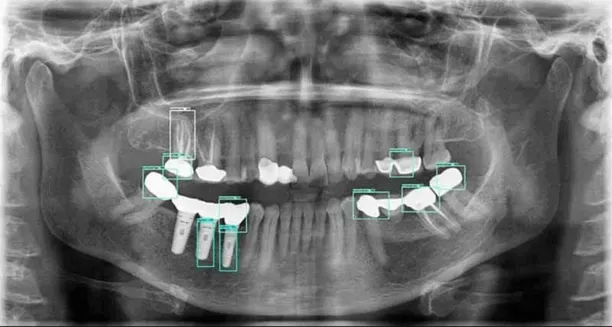
- Detecting bone fractures: An X-ray allows for the visualization of bone structures in order to annotate fractured areas. The model is then trained and fed annotated data to accurately detect bone fractures.
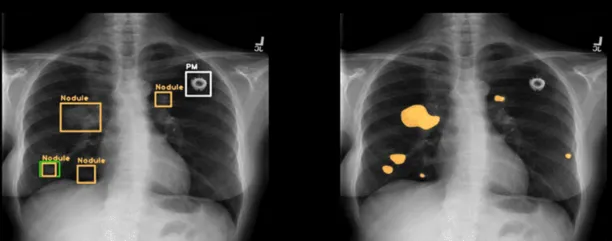
To learn more check out this article on computer vision in radiology.
If you need a data annotation tool, feel free to check our medical imaging software and data annotation/labeling/tagging/classification service lists. Also, don’t forget to check out our data-driven list of medical image annotation tools.
Further reading
- Data Annotation: What it is & why does it matter?
- Top 7 Computer Vision Use Cases in Healthcare
- 4 Ways AI is Revolutionizing The Radiology Sector
If you have any questions, feel free to contact us:


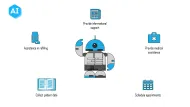
Comments
Your email address will not be published. All fields are required.